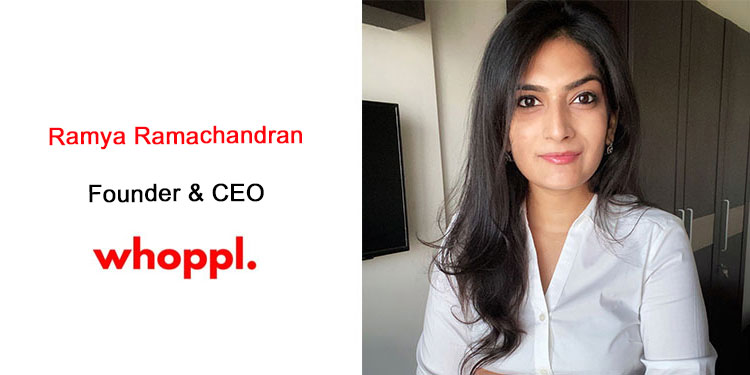It would not be laying it on thick to say that 2020 was the year of influencer marketing. With multiple reports flowing in every quarter that depict its overwhelming growth, it is safe to say that more and more companies are dedicating a significant amount from their budget to influencer marketing. While these reports make one thing quite clear that influencer engagement activities are growing rampantly, one can’t be entirely sure whether these activities are being carried out effectively.
It is incredibly essential to be able to ascertain the success of the influencer campaign by calculating and assessing its performance and finding out whether there is a favourable return on the money invested or not. In terms of gauging the ROI of an influencer engagement activity, a few parameters need to be kept in mind.
At first, it is imperative to set the objectives for the marketing campaign. Whether one sets out with increasing brand awareness, reaching new target audiences, improving brand advocacy, managing brand reputation, increasing sales of a specific product, increasing conversions or generating leads, the goal of the campaign needs to be clearly established.
Secondly, one needs to set the key performance index (KPI) very clearly. How much success is the brand achieving in accordance with the money it is investing in an influencer activity—based on the campaign’s objective—is what one focuses here. For example, if we are talking about the launch of a new product, what kind of ratio can we expect? If the ratio is 1:2, it means that upon investing 1 lakh—for instance—we are getting a return of 2 lakhs. Now this return can either be in the form of reach, conversions or leads depending on the objectives that we had defined in the first place; so basically, in this example, we have doubled our investment in the form of returns.
Thirdly, one needs to evaluate the synergy between the influencer and the brand. It is important to leverage an influencer who is the right fit for the campaign’s objective and brand ethos. For instance, an influencer who is big on posting about luxury and high-end products may not be a good fit for day-to-day FMCG products since luxury and daily don’t go hand in hand. Such an influencer would ideally stick to talking about the luxury segment. In that case, not only does the influencer’s matter of content, tonality and language resonate with the luxury segment, his/her followers actually come visit the Instagram page for an aspirational content matter that ties back to such luxury brands.
Then the aesthetics need to be in place as well. The characters, background visuals, music, storyline, etc. need to be in accordance with the campaign objective. In simple words—what looks good sells well. An influencer always strives to create content that is visually appealing and, at the same time, has a relatability aspect to it. For instance, a Christmas campaign special may have a greater impact if the background setting is made a bit Christmassy and celebratory. The overall aesthetics of an influencer engagement needs to be attractive.
Lastly, one needs to evaluate that one touchpoint that helps the brand in connecting with the target audience via influencers. The brand should be able to pinpoint the key messaging that grabs attention, pique interest, rouses emotions and ultimately drives sales/conversions. This touchpoint can manifest in various forms; it can either be a dialogue said by the influencer, the background music used throughout, props and other characters displayed in the video or the humour showcased by the influencer.
The key messaging could act as the USP of the influencer activity as well. For instance, for one of Weikfield’s recent campaigns, Whoppl got cricketers to prepare custard recipes. The very idea of cricketers working in the kitchen was unprecedented, and this became the unique selling touchpoint of the campaign that worked quite well for the brand.
In conclusion, no marketing activity makes sense if it does not promise a favourable return on investment. Things should either be profitable, or they should not be brought to fruition in the first place.
This Article is Authored by Ramya Ramachandran, Founder & CEO, Whoppl.
















